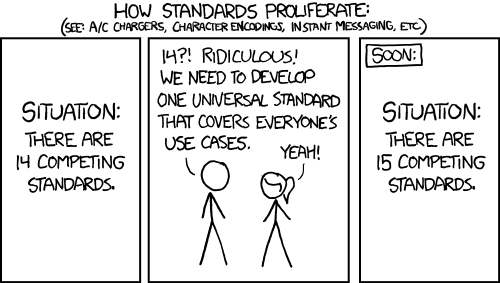Why is it that the pandora uses a layout that's completely different from every console since the SNES? It's one is xbay instead of abxy. I don't know why this is and to be honest I just I guess assumed that it'd use the same button layout as everything else that has ever existed ever. Always it's been: accept,cancel, other, other. Why is it then, that the pandora breaks this mold? I don't know if the other handhelds that spawned this creation influenced it but even if they did, why would you go against the grain? Unless the emulators assume that the button layout is the above one even though the physical buttons do not match up with it?
Anyway, I just thought I'd make this topic since this has just shocked me beyond any realm of sanity or reason. I was originally thinking, going in, that the game buttons would work as my muscle memory has taught me for the past 16 or so years, but I have now learnt that it's completely different. The only reason I can think of doing this is the same reason they went from alphabetic to qwerty, which is to prevent button wearout by not letting people use muscle memory/simple knowledge.
Seriously, what the hell.... going against everything else in existence? I could see if it's like the nintendo D-Pad which was patented but expired as of this year, but everyone has that layout and has had it for ages so this makes no sense.
Anyway, I just thought I'd make this topic since this has just shocked me beyond any realm of sanity or reason. I was originally thinking, going in, that the game buttons would work as my muscle memory has taught me for the past 16 or so years, but I have now learnt that it's completely different. The only reason I can think of doing this is the same reason they went from alphabetic to qwerty, which is to prevent button wearout by not letting people use muscle memory/simple knowledge.
Seriously, what the hell.... going against everything else in existence? I could see if it's like the nintendo D-Pad which was patented but expired as of this year, but everyone has that layout and has had it for ages so this makes no sense.


